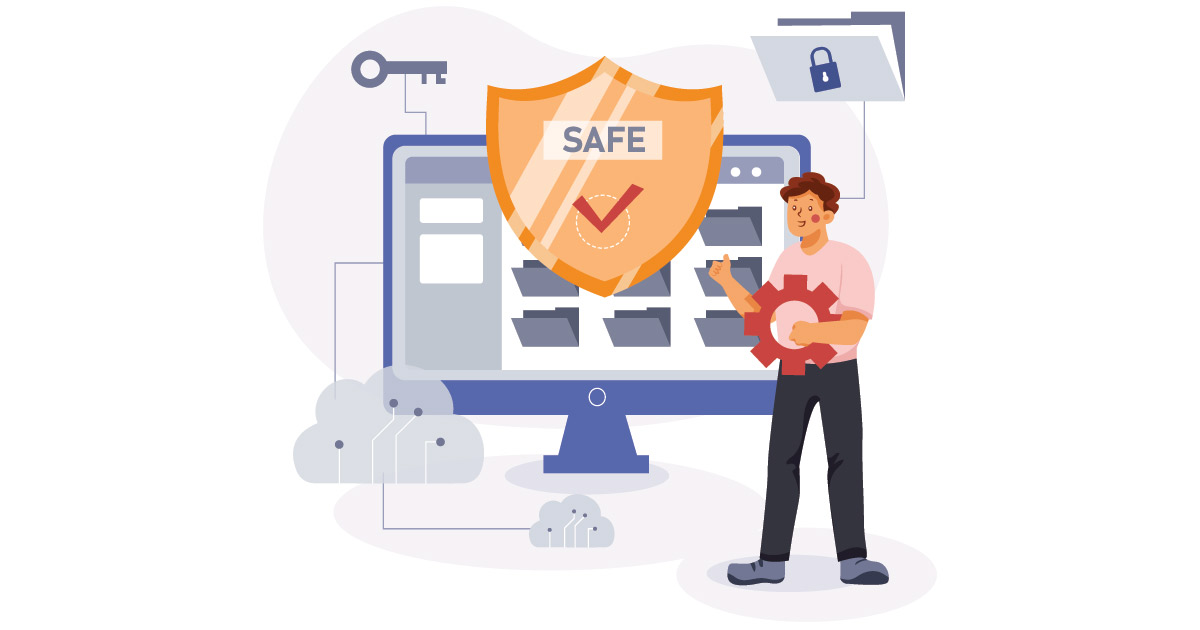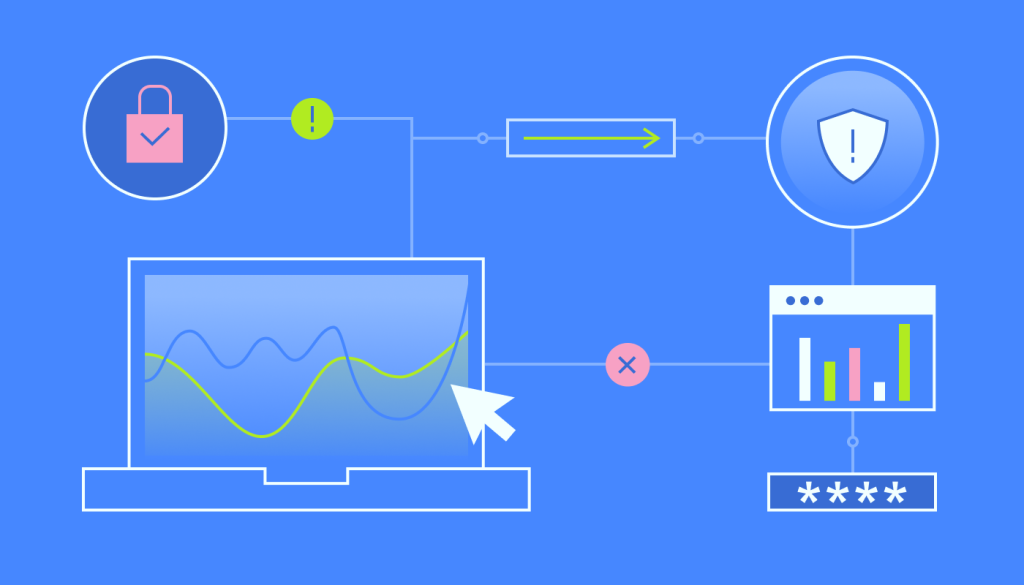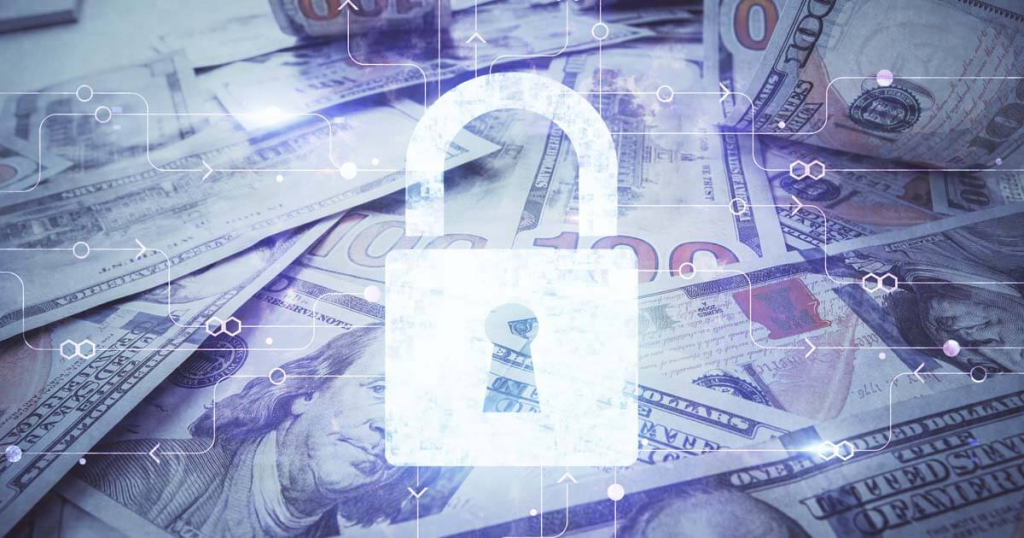ePortfolio Entry #13

Developing cyber-policy and infrastruture in the face of the “short arm” of predictive knowledge requires a flexible, adaptive, and collaborative approach that prioritizes resilience, continuous learning, and stakeholder engagement. Given the rapidly evolving nature of cyber threats and technologies, traditional linear planning methods may not suffice.
Policy development should adopt a mult-disciplinary approach, involving experts from technology, law, ethics, and international relations. This will help in creating comprehensive policies that address the technical, legal, and ethical dimensions of cybersecurity. Policies should be designed to be adaptive, with built-in mechanisms for regular review and update to accomodate new threats and technologies.
Infrastructure development should prioritize resilience and redundancy. Instead of focusing solely on preventing cyber-attacks, infrastructure should be designed to quickly detect, respond to, and recover from incidents. This requires investing in advanced monitoring and response capabilities, as well as fostering a culture of cybersecurity awareness and responsibility among all stakeholders.
International collaborative is essential. Cyber threats are borderless, and no single country or organization can address them in isolation. Therefore, countries should work together to develop common standards, share threat intelligence, and coordinate responses to cyber incidents. This will not only enhance global cybersecurity but also contribute to a more stable and secure international cyberspace.
The private sector owns and operates a significant portion of critical infrastructure, making their involvement stakeholders to develop and implement cybersecurity best practices, share threat information, and build joint capabilities to defend against cyber threats.
Developing effective cyber-policy and infrastructure requires a collaborative, adaptive, and holistic approach that embraces uncertainty and prioritizes resilience, continuous learning, and international collaboration. By adopting these principles, we can better prepare ourselves to navigate the “short arm” of predictive knowledge and build a more secure and resilient cyber ecosystem. By fostering a culture of share responsibility and proactive engagement among all stakeholders, we can collectively mitigate the challenges and build a more secure cyber landscape for the future.









Leave a Reply